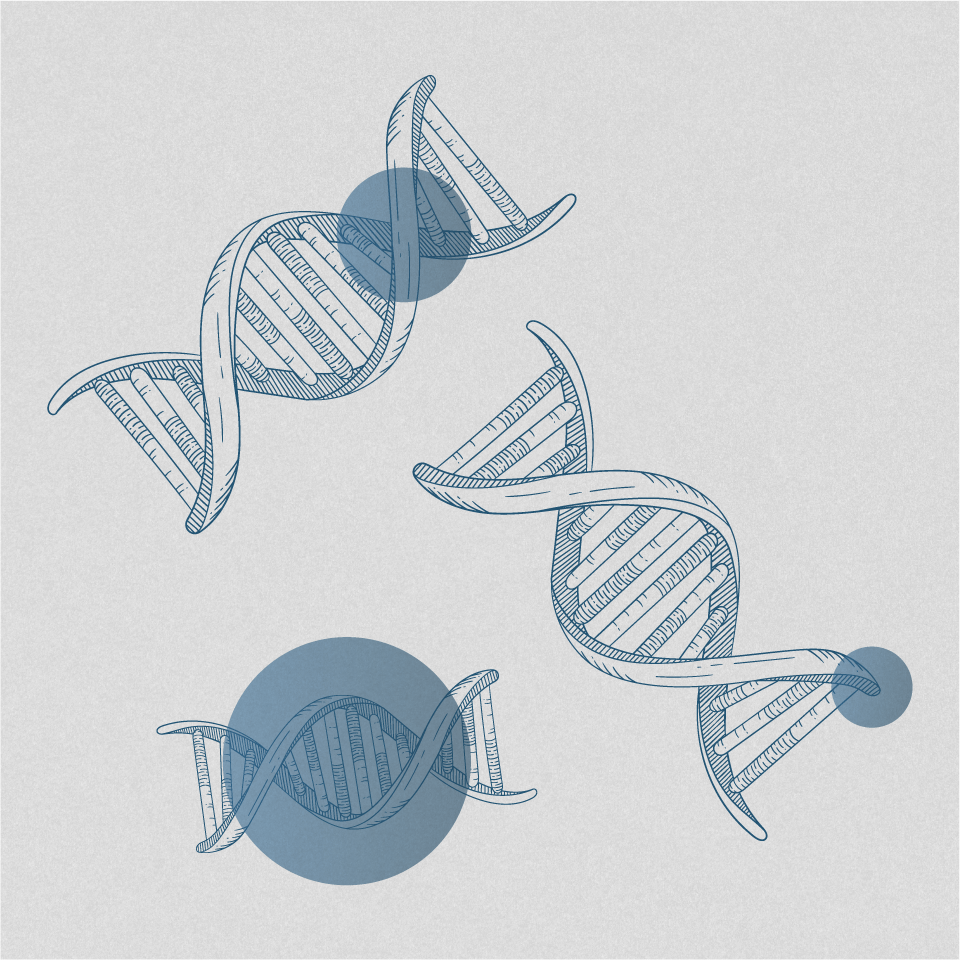
Consensus guidelines in Europe: Defining refractory and resistant migraine
Despite advances in headache care and treatment, some people do not receive sufficient relief from migraine symptoms after acute or preventive treatment.1 There is no widely accepted definition for what is commonly referred to as “difficult-to-treat” migraine.1 The International Classification of Headache Disorders (ICHD) does not include a definition for this condition.1 Because there is a clinical need for robust definition of this type of migraine, the European Headache Federation (EHF) proposed new definitions through a consensus publication in 2020.1 At the International Headache Congress (IHC) 2021—being held as a joint congress of the International Headache Society (IHS) and the European Headache Federation (EHF)—Prof. Paolo Martelletti (Sapienza University, Rome, Italy) and Prof. Simona Sacco (University of L’Aquila, Italy) participated in a session on IHS and EHF guidelines. Prof. Sacco gave a presentation on the new EHF consensus on the definitions of “refractory” and “resistant” migraine.
Are IHS and EHF guidelines followed?
To open the talk, Prof. Martelletti spoke on the clinical usage of the types of guidelines that would be discussed throughout the session. He stated that the IHS and EHF have been active in recent years in developing guidelines for headache diagnosis and treatment, but they are not always implemented. For example, the IHS declared that adherence to their guidelines in clinical trials has been unsatisfactory.2 Prof. Martelletti believes that collaborations with regulatory agencies, such as the 2018 review by the EHF and the European Medicines Agency (EMA) on the use of valproate in women of childbearing age, could increase the uptake of these guidelines and lead to better outcomes.3
New definitions for “difficult-to-treat” migraine
According to Prof. Sacco, it is necessary for headache specialists to be able to distinguish between patients who respond easily to treatment, and those who do not. She noted that this is what necessitated the new EHF consensus on the definitions of refractory and resistant migraine, a publication on which she was the lead author. During her portion of the session, Prof. Sacco discussed the rationale for the consensus, the newly proposed definitions and their potential implications in clinical practice.
Prof. Sacco noted that this consensus included a novel recognition: that difficult-to-treat migraine should be divided into two main subcategories, resistant and refractory. She explained that these two categories of difficult-to-treat migraine address different clinical needs: a low threshold for diagnosis is needed to refer patients to a headache centre or escalate their treatment, while a high threshold is needed for the research of interventional treatments.
To meet these clinical needs, the proposed definition of refractory migraine has a higher threshold for diagnosis than that of resistant migraine. According to the new proposed definitions, resistant migraine can be diagnosed with an established diagnosis of migraine (according to ICHD-3 criteria); debilitating headache for at least eight days per month for at least three months; and failure and/or contraindication to three drug classes of preventive medication for migraine.1 Refractory migraine can be diagnosed with an established diagnosis of migraine; debilitating headache for at least eight days per month for at least six months; and failure or contraindication to all drug classes with established evidence for migraine prevention.1 According to Prof. Sacco, drug failure is defined as failure of preventive migraine treatment due to either a lack of efficacy or a lack of tolerability. The concept of a debilitating headache is also important to these definitions, and this can be defined as headache causing serious impairment to activities of daily living despite the use of pain relief drugs.
What does this mean for migraine care?
Prof. Sacco concluded her presentation by reviewing the implications that the new EHF guidelines may have for patients, health systems, and researchers. She noted that this consensus could be used to facilitate access to more resources for migraine management, improve social welfare, regulate access to newer treatments (such as CGRP pathway mAbs) and to provide homogeneous criteria for clinical studies. The next step, according to Prof. Sacco, is already ongoing; the REFINE study—supported by the EHF—will aim to test these new definition criteria in the real world, and hopefully assist in achieving the goals of the consensus to improve migraine care and research.4
The main problem for patients who have refractory migraine is not only to provide them with pain relief from their attacks, but also to find new treatments and strategies which can help to avoid attacks.
Sacco S, Brachinsky M, Ducros A, et al. European headache federation consensus on the definition of resistant and refractory migraine. J Headache Pain 2020;21:76.
Alpuente A, Tassorelli C, Diener HC, Silberstein SD, Pozo-Rosich P. Have the IHS Guidelines for controlled trials of acute treatment of migraine attacks been followed? Laying the ground for the 4th edition. Cephalalgia 2020;40:778–87.
Vatzaki E, Straus S, Dogne J, Burgos JG, Girard T, Martelletti P. Latest clinical recommendations on valproate use for migraine prophylaxis in women of childbearing age: overview from European Medicines Agency and European Headache Federation. J Headache Pain 2018;19:68.
Sacco S, Lampl C, van den Brink AM, et al. Burden and attitude to resistant and refractory migraine: a survey from the European Headache Federation with the endorsement of the European Migraine & Headache Alliance. J Headache Pain 2021;22:39.



